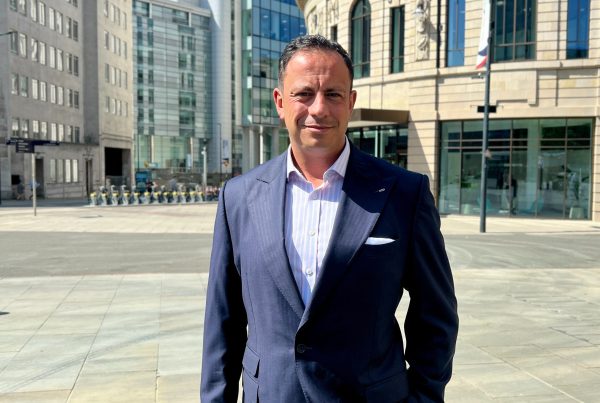- Operational efficiencies (standardisation and simplification of processes) remains HRSS leaders top objective (87%)
- To support this, 91% of HRSS leaders state continuous improvement is their number one skills priority in 2022
- Yet nearly half (46%) said they don�t have any formal mechanisms in place to support continuous improvement
- These numbers mirror the results from the same survey 2 years ago, showing no real change has taken place
Leaders of HR Shared Services (HRSS) in some of the largest global organisations are still struggling with continuous improvement in their teams – even though 91% say as a skill it�s their highest priority and has been for the past two years. Nearly half of HRSS leaders (46%) said they don�t have any formal mechanisms in place to support continuous improvement.
The research of senior, strategic leaders of 44 global businesses, 82% of which employ up to 50,000 people, was conducted by�LACE Partners. LACE is an HR consultancy supporting major employers with HR transformation, technology advisory, change and adoption.
Emma Leonis-Hughes, Executive Client Director, HR Transformation at LACE Partners, says:
�The findings in the report are fascinating. The top skills priority for HRSS, according to the respondents who lead operational HR strategy in some of the world�s largest businesses, is�continuous improvement�- ninety-one percent of respondents stated this. Interestingly, they said the same in 2020 when we conducted the same survey.
�On top of this, 84% of respondents said that enhancing the employee and line manager experience is a priority. So it�s highly problematic that, bearing in mind the underlying premise of HR Shared Services is to deliver operational efficiencies, the intent to act on continuous improvement hasn�t improved for two years.
�This will directly hamper HRSS� ability to deliver the standardisation, automation and simplification that is so needed by organisations and enable these teams to focus their time and energy on the areas which can really make an impact – i.e. becoming people experience and solutions experts.�
LACE�s research also shows:
- Only 71% of HRSS organisations measure service effectiveness.
- Those with mechanisms in place to support continuous improvement favour�global process ownership�and�dedicated continuous improvement resources.�When considered as a percentage of those with formal mechanisms, usage represents 59% and 55% respectively.
- HRSS leaders are looking to bring�improving experience�under their scope in the next 12 months according to 50% of the survey respondents, which is by far the most significant area of service expansion in the survey.
Leonis-Hughes advises:
�Whilst HRSS leaders recognise the importance of continuous improvement, it needs to be prioritised. It seems to be marginalised across organisations – which is perhaps not surprising when Covid-19 created so many urgent actions.
�Continuous improvement needs to be built into processes, budgets and resource planning. While a team of �continuous improvement specialists� may raise eyebrows as a generous overhead, a reasonable alternative is to budget for �innovation� in planning processes. It�s essential that organisations measure the impact and value of efforts to demonstrate effectiveness, continuously improving the KPIs and SLAs they report on. Yet,�almost a third of respondents (29%) do not currently formally measure service effectiveness at all. It�s important to remember that acting on what is measured is the most important step of all.�




